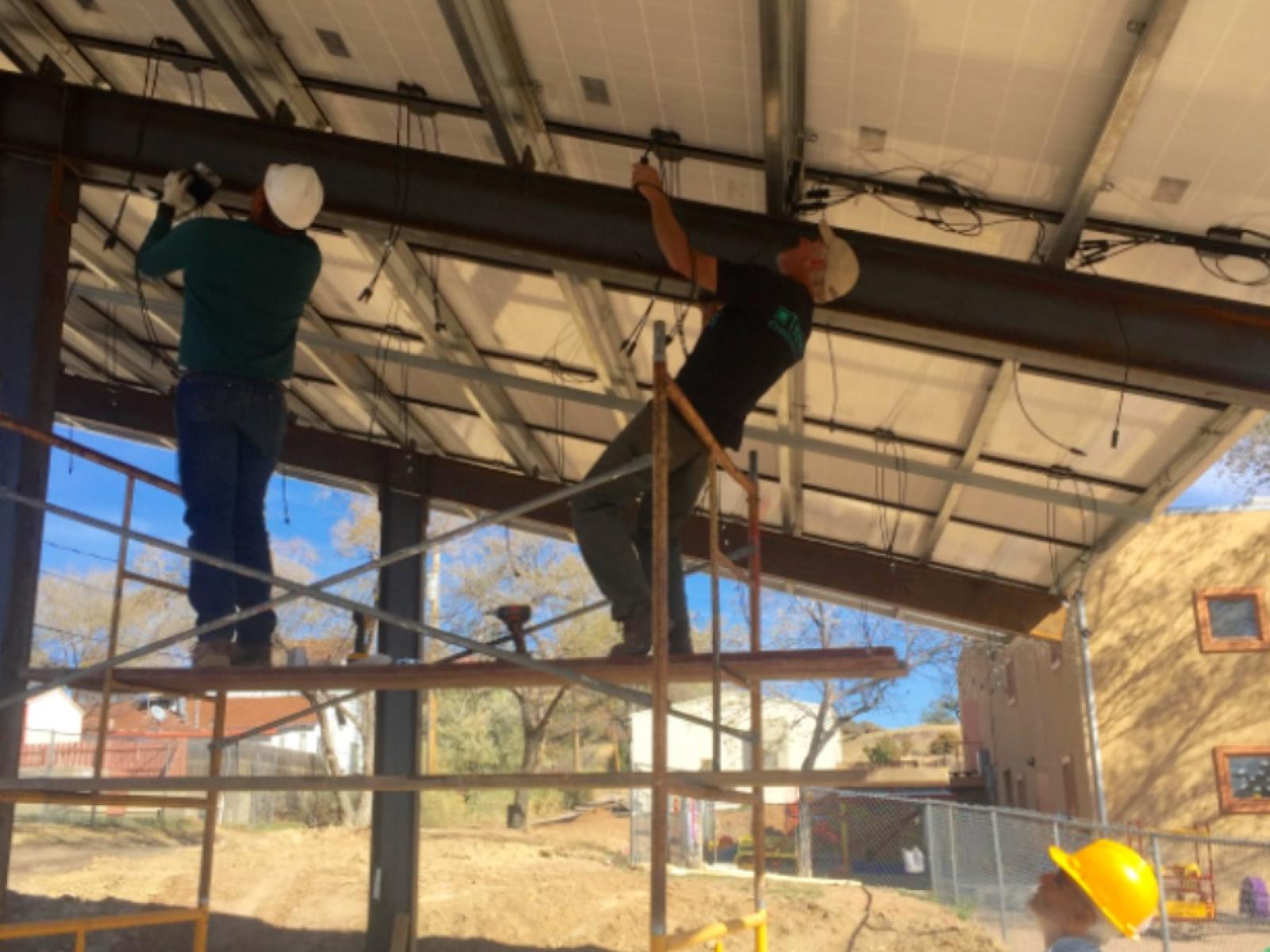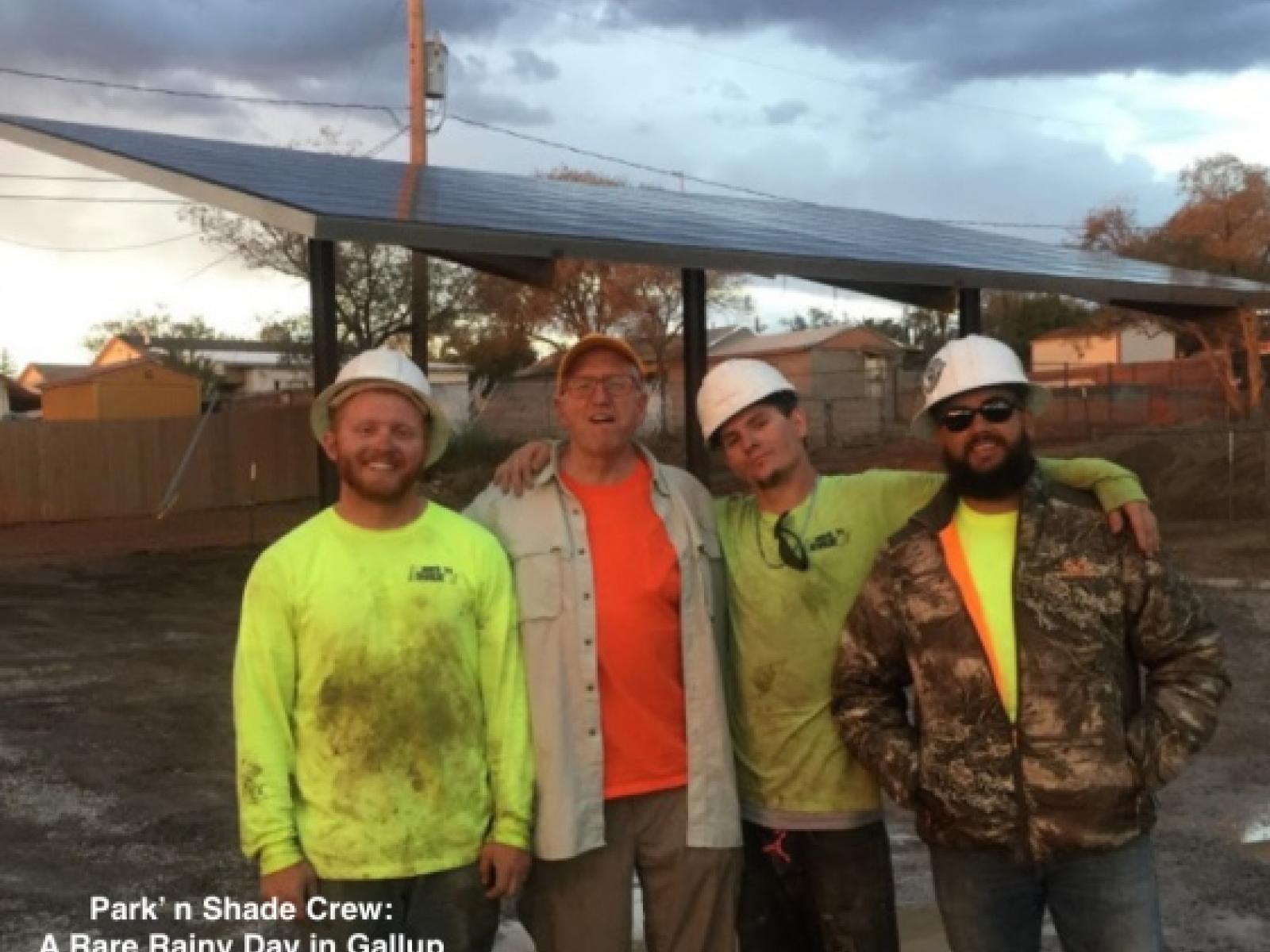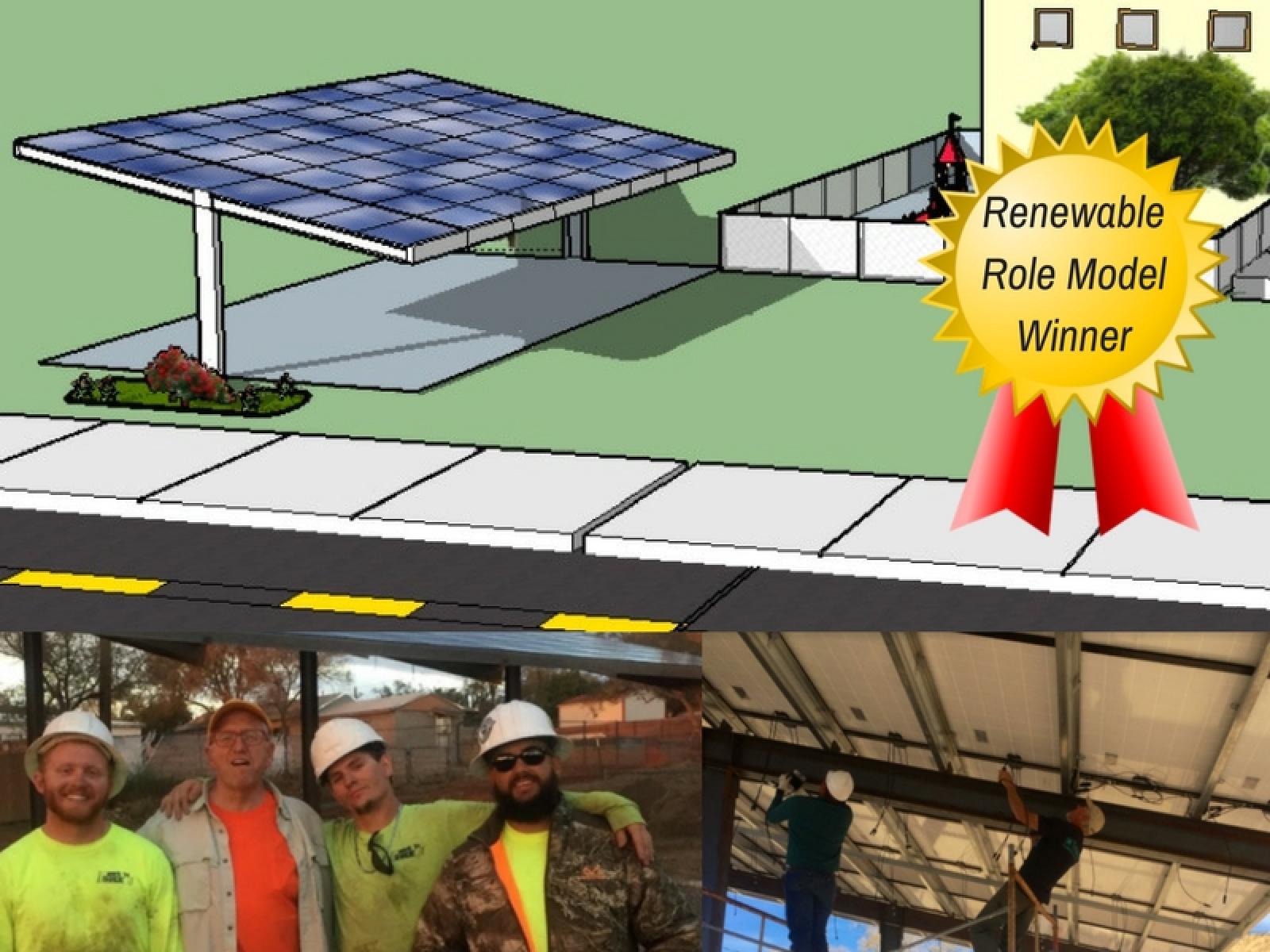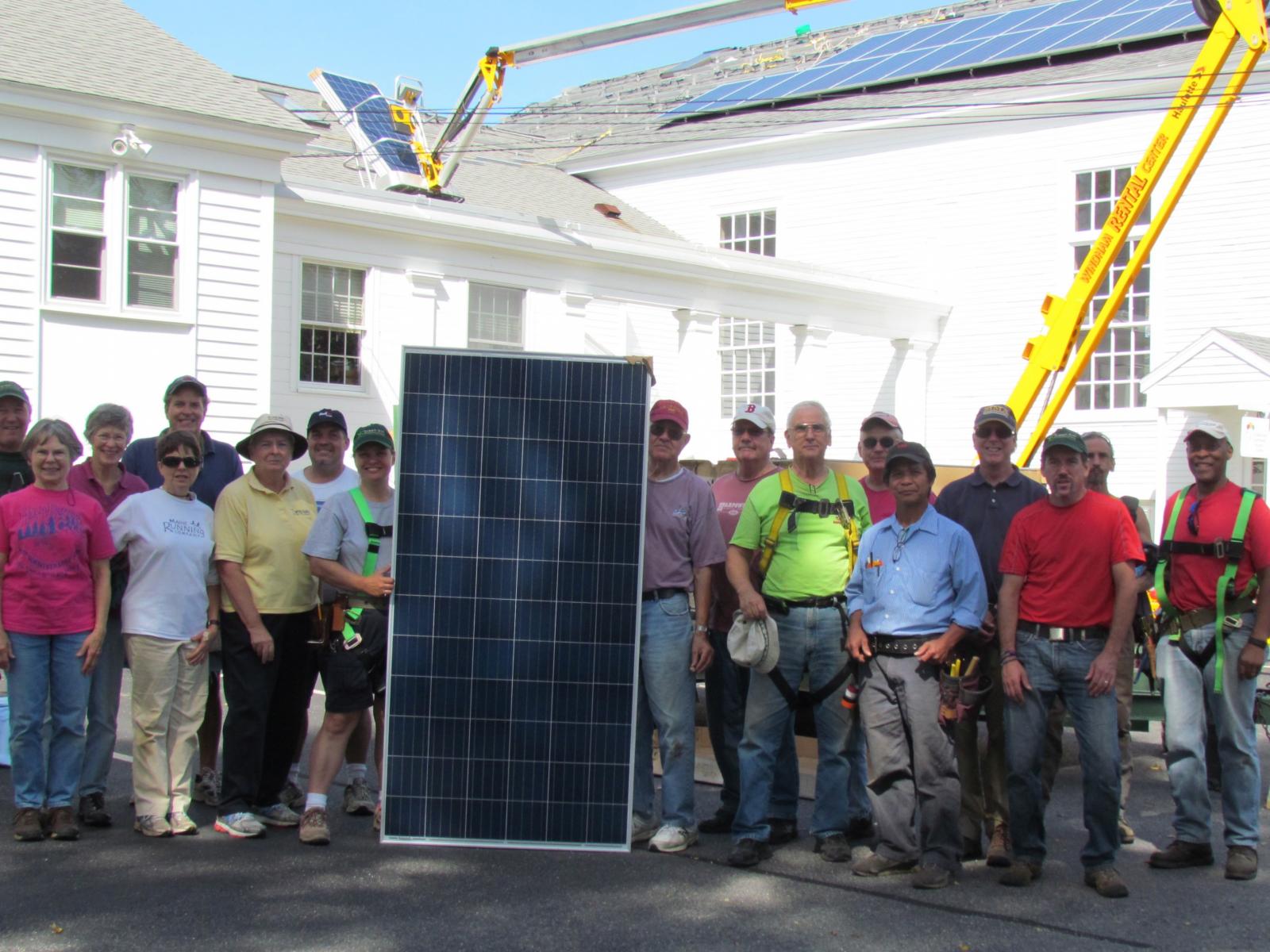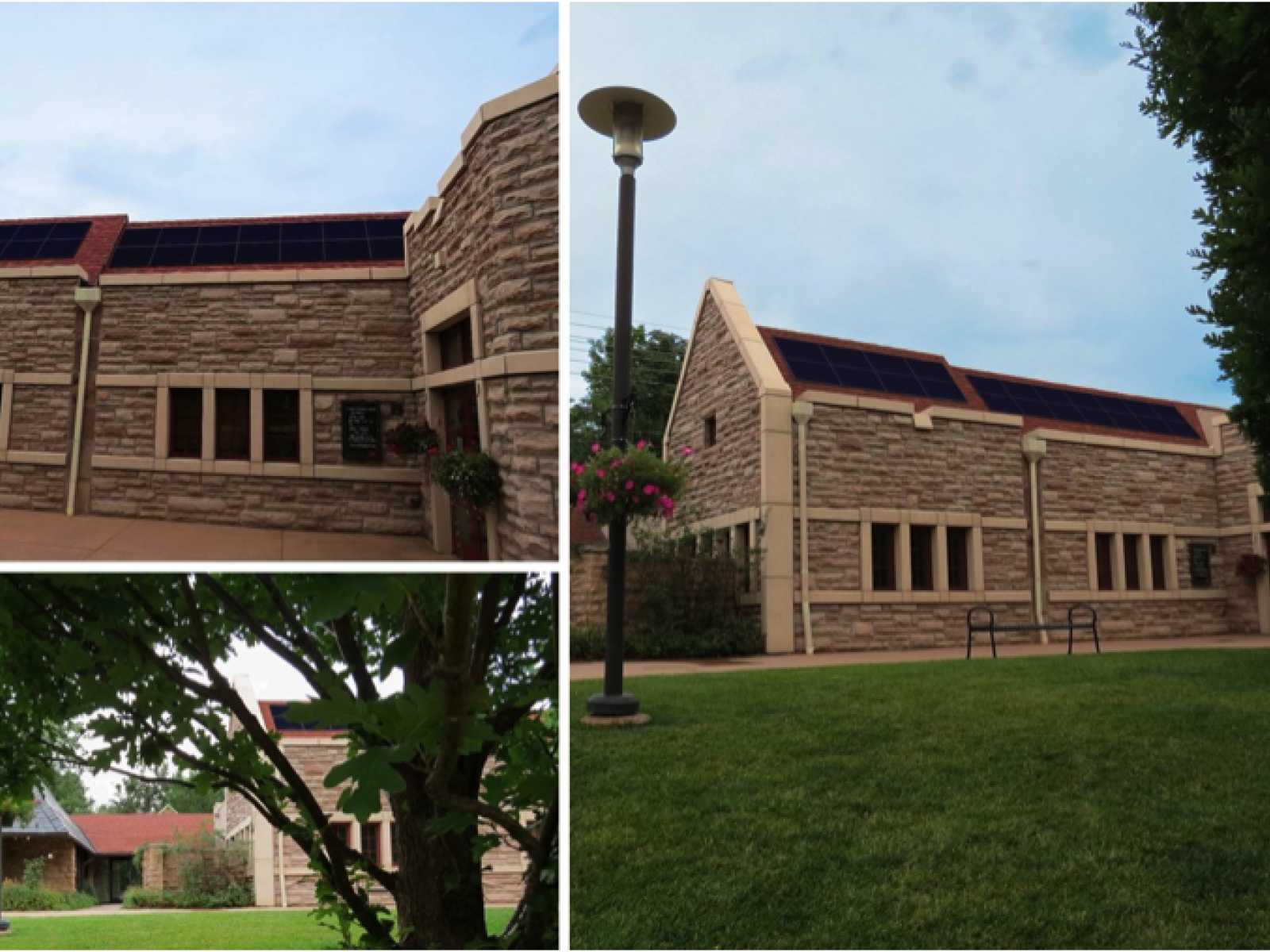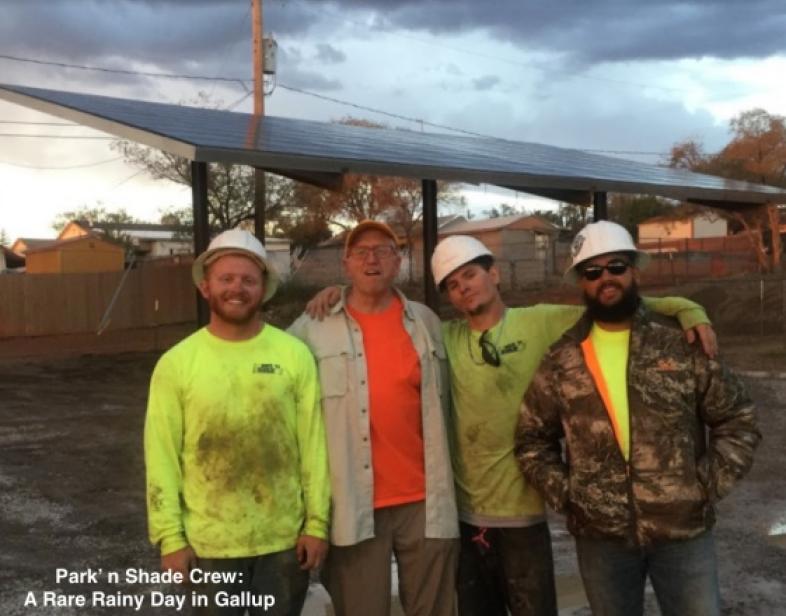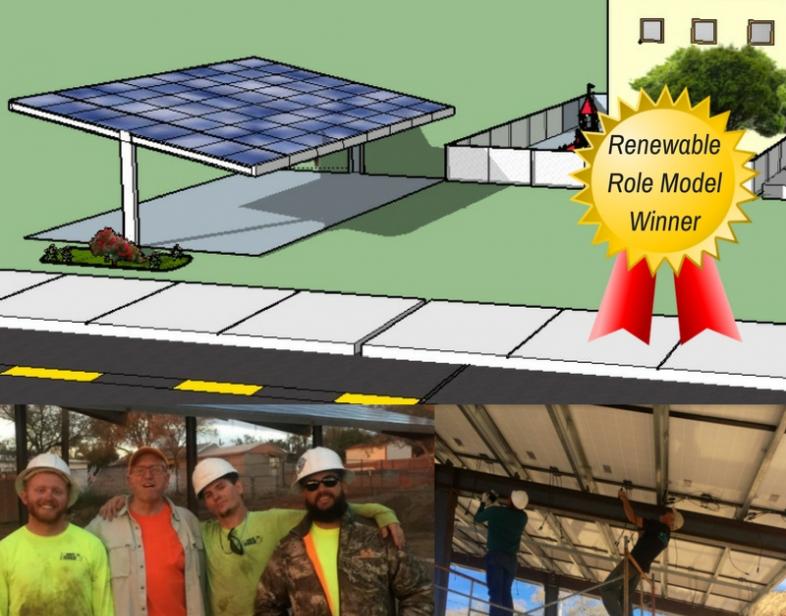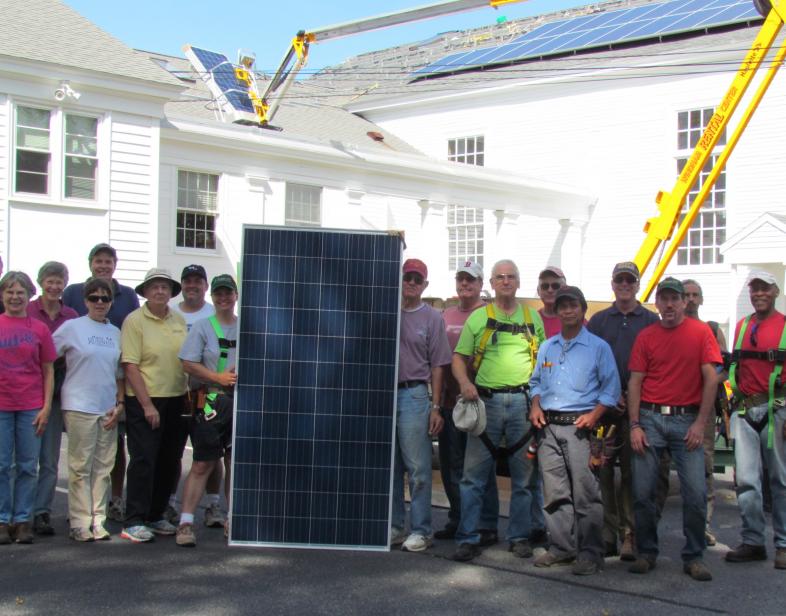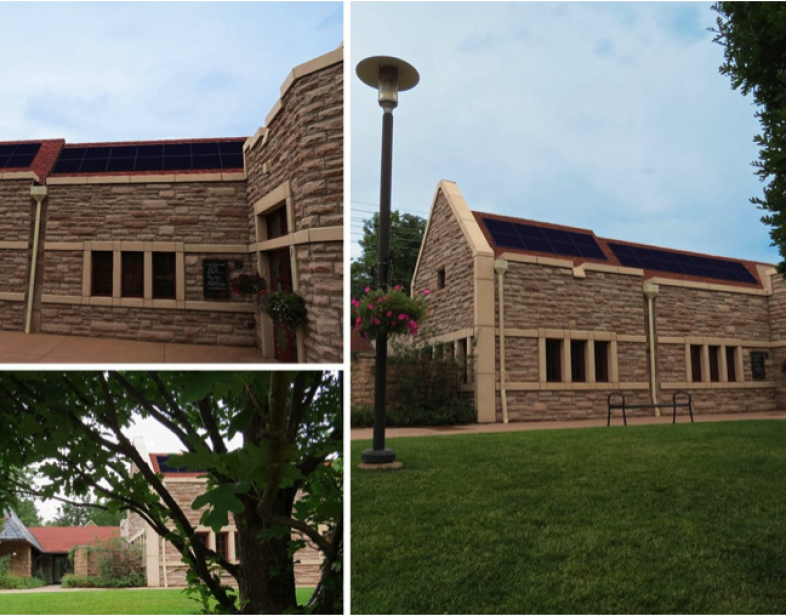An Overview Of Our Solution
Since IPL launched our Cool Congregations program in 2010, it has expanded into two subprograms: The Cool Congregation Challenge and the Cool Congregations Certification program. The challenge is an annual contest to recognize congregations that have reduced their carbon emissions and are examples for their communities. In addition to a $1,000 prize, the challenge brings media and community attention to strategies that reduce carbon emissions. In 2014, IPL expanded the challenge to include a certification element. The first 36 Certified Cool Congregations are averaging 42% greenhouse gas reduction – preventing 1,900 tons of CO2 from entering the atmosphere every year.
Cool Congregations has inspired and supported over 100 congregations across the country and their congregants to reduce their carbon emissions and inspire their communities.
- Population Impacted: 26,750 people
- Continent: North America
Last name
Organization type
Context Analysis
The average person in the U.S. produces more greenhouse gas emissions that people in almost every other country in the world, second only to Saudi Arabia. The U.S. is also one of the most religious wealthy nations in the world with 60% of people saying they attend religious services more than once a month (Pew Research Center). The EPA’s ENERGY STAR estimates that if all of America’s congregations cut energy use just 20% it would save nearly $630 million per year, and prevent more than 2.6 million tons of greenhouse gas emissions
According to the Yale Program on Climate Change Communication’s report, Faith, Morality and the Environment: Portrait’s of Global Warming’s Six Americas, 88% of Americans prefer religious explanations over scientific explanations when science and religion appear to be in conflict. The report also found that that the Americans who do view climate change as a moral, spiritual, or religious issue were the most likely to take action to address climate change.
Describe the technical solution you wanted the target audience to adopt
We want people of faith across the U.S. to reduce their CO2 emissions by investing in renewable energy, energy efficiency, and using their land in sustainable ways. Already, 11,250 congregations and households have signed IPL’s Paris Pledge, committing to reduce their carbon emissions by 50% by 2030 and 100% by 2050. Our next step is to engage these congregations and households in our Cool Congregations program, connecting them with solar panel financing opportunities, energy efficiency resources, and best practices for lowering emissions. In September 2018, IPL’s Carbon Calculator will go live and provide a new way for our Paris Pledge signers to track and reduce their carbon emissions. We want everyone who signed the Paris Pledge to set up an account on our Carbon Calculator. Individuals and households can link their profile with their congregation or organization’s profile so that their carbon emissions reductions are counted towards their congregation.
Type of intervention
Describe your behavioral intervention
IPL is changing behaviors that waste energy and lead to greenhouse gas emissions. We are changing the mentality that climate change is too big for individual action and empowering people to make changes in their day-to-day lives that can add up to significantly lower emissions. Reaching people through their place of worship is an effective way to inspire and mobilize them to act on climate. When a congregation installs a solar array or invests in energy efficiency, they inspire their members and the larger community.
To change behavior IPL organizes an annual Faith Climate Action Week to encourage congregations discuss the causes, impacts and solutions to climate change. During Faith Climate Action Week 2018, 1,500 congregations heard sermons on climate change, screened climate change films (such as From the Ashes) and led discussion groups. We’ve found that trusted faith leaders are the best messengers to talk to people about climate change.
As congregations install solar and invest in energy efficiency, it creates excitement and social incentives for congregants to do the same. IPL’s Carbon Calculator is designed to encourage this by allowing congregations and households to track their carbon emissions in a public way so others in their community can see their progress and feel inspired to do the same. Over the next few years, we will add a gamification element to the calculator to allow congregations to challenge households in their congregation and other congregations.
As needed, please explain the type of intervention in more detail
The IPL calculator will allow congregations and households to set up public profiles that can be linked to each other so household emissions reductions contribute to the congregation’s overall reductions. This creates social incentives within the congregation for individual households to reduce emissions and contribute to the community’s effort.
Describe your implementation
To encourage participation in this program, we educated thousands of congregations and individuals about climate change through our annual Faith Climate Action Week in April. During this week 1,500 congregations across the country watched climate change documentaries (screening rights and discussion guides for these films were provide by IPL), preached sermons on climate change, and led discussion about what their congregation could do to address climate change. This week of action led many congregations to participate in Cool Congregations.
In the months leading up to the UN Climate Conference in Paris and following Trump’s decision to withdraw the U.S. from the Paris Accord, IPL organized people of faith to demonstrate that the U.S. faith community supports the agreement. More than 11,000 congregations and households took the “Paris Pledge” and committed to reduce their carbon emissions by 50% by 2030 and to be carbon neutral by 2050. IPL connected these congregations and households with the Cool Congregations program, providing them with resources and support to reach their goals.
In order to help these congregations and households track their emissions reductions, we worked with the CoolClimate Network at UC Berkeley to develop a carbon calculator that will help congregations measure their carbon footprints, set goals, and track their progress in reducing their emissions. This calculator is specifically tailored for houses of worship and allows households to link their profile to that of a congregation so their congregation can include the carbon emission reductions of their congregants in their overall progress.
IPL also developed a Congregational Solar Directory and Resource Guide listing 400 solar-powered congregations, along with tips and a listing of recommended solar installers and financing options. These resources help congregations find trusted solar installers in their state, get advice from other congregations, and understand financing options.
External connections
IPL works with the CoolClimate Network at UC Berkeley to develop a carbon calculator that will help congregations measure their carbon footprints, set goals, and track their progress in reducing their emissions. This calculator is specifically tailored for houses of worship and allows households to link their profile to that of a congregation so their congregation can include the carbon emission reductions of their congregants in their overall progress.
Our network of 20,000 congregations is one of our most powerful partners. It is through their participation and feedback that we can create programs that fit into the social and behavioral framework that guides our congregations. Each faith community has a different way of communicating their environmental values. We count on our religious leader in each of these communities to speak in their authentic voice to inspire action on climate. IPL provides the framework and tools but it is the faith communities that are making the real change.
IPL’s partnership with solar panel installers and financers such as RE-Volv Solar, Grid Alternatives, and Solar Mosaic helps guide our congregations through the complicated steps of local policy and the final installations. Their willingness to be adaptable to the special needs of congregations makes the process easier.
Who adopted the desired behaviors and to what degree?
Congregations and their members adopted new behaviors to lower their carbon emissions. They installed solar panels, invested in geothermal, and energy efficiency measures to reduce greenhouse gas emissions and set an example for their community.
Last year, one of our Cool Congregations winners was Bethany Christian Reformed Church in Gallup, NM where the congregation worked with IPL’s New Mexico affiliate to form a limited liability company (Bethany LLC), which brought several investors together to fund the installation of 100 solar panels above the church’s parking lot and benefit from the federal tax credits available for Solar Energy projects. The church presented their model for funding the solar array to the local Presbyterian Church, Mosque, Catholic Church and 13 other Christian Reformed congregations in the region. As a result of their outreach two other congregations are planning to install solar and several families in the congregation are installing solar at home.
How did you impact natural resource use and greenhouse gas emissions?
We reduce the use of natural resources and greenhouse gas emissions by lowering consumption of fossil-fuel generated electricity. Participating congregations reduce the amount of electricity their facility uses by investing in energy efficiency measures such as upgrading to their lightbulbs, improving insulation, and weather-proofing doors and windows. Then, congregations work to ensure the electricity they still require comes from clean sources such as solar or wind. Most congregations do this by installing solar panel arrays on their facility, but some congregations buy energy from a community solar garden or from a local Community Choice Aggregation.
Congregations measure their emission reductions by monitoring their monthly electric and natural gas bills starting in 2015 when IPL’s Paris Pledge campaign began. Congregations measure their reduction in kWh of energy used and them multiply that by the carbon emissions per kWh from their local utility.
What were some of the resulting co-benefits?
The greatest co-benefit of this project is its natural multiplier effect. As a congregation takes steps to reduce their greenhouse gas emissions they demonstrate the benefits to congregants. These congregants see first-hand how investing in energy efficiency and renewable energy helps their congregation save money and how making these same life-style choices can help them save money as well. They are inspired to make these same decisions at home and so the project impact spreads.
Another co-benefit is how participating in Cool Congregations can build community both within a congregation and with the community surrounding the congregation. Stronger communities are more resilient to adverse climate change impacts and better able to adapt. Many of our congregations are a deeply entrenched members of their community and are able to share their progress with other congregations and community groups to encourage them to reduce carbon emissions.
Sustainability
One of the strengths of our program is that it helps congregations save money which they can spend on other social programs they run such as after school programs, food pantries, and homeless shelters. Many congregations are able to raise funds for the upfront costs of the projects from their congregants. Other congregations raise funds through crowd-funding and outside solar investors that they connect to through IPL’s Solar Resource Guide. To start this program, IPL received a grant from the Leonardo DiCaprio Foundation to build the IPL Carbon Calculator and Solar Resource Guide. The congregations themselves raise the funds to invest in energy efficiency and renewable energy with the help of IPL resources and staff.
Return on investment
Since many congregations are able to fund the program through individual congregants, crowd-funding, or investors, the congregation receives the benefits of lower energy bills and lower carbon emissions. When funded by donations, the congregation reduces their energy bill, lower their emissions and the donors know that the money the congregation previously spent on electricity is now being spent on other programs. While each congregation’s plan is unique, when congregations finance their updates through an LLC, they usually pay the investors back at a rate at least 5% lower than their former electricity bills for 5 – 10 years after which their loan is paid off and the congregation continues to benefit from low or negative energy bills.
How could we successfully replicate this solution elsewhere?
This program, specifically the IPL Carbon Calculator, could be replicated with other member organizations such as university or neighborhood associations. Within a university, dormitories could challenge other dormitories to see who could reduce their carbon emissions the most or within a neighborhood one street could challenge another street to see how many households could reduce their emissions. With more than 300,000 congregations across the U.S., this program has a lot of potential to expand within the faith community. If we could work with national denominations and religious organizations we could have thousands of more congregations reducing their carbon emissions and challenging their congregants to do the same.
To replicate this program, one would need to build a carbon calculator specific for the member organizations implementing the program, provide resources to help them improve their energy efficiency and invest in renewable energy, and inspire them through education.
